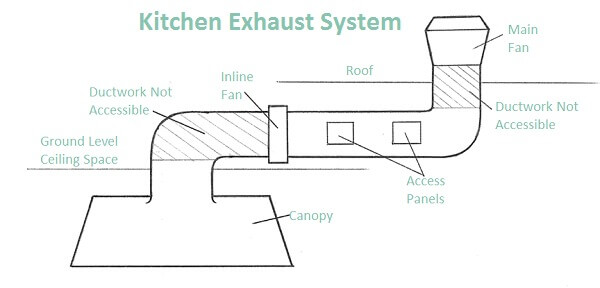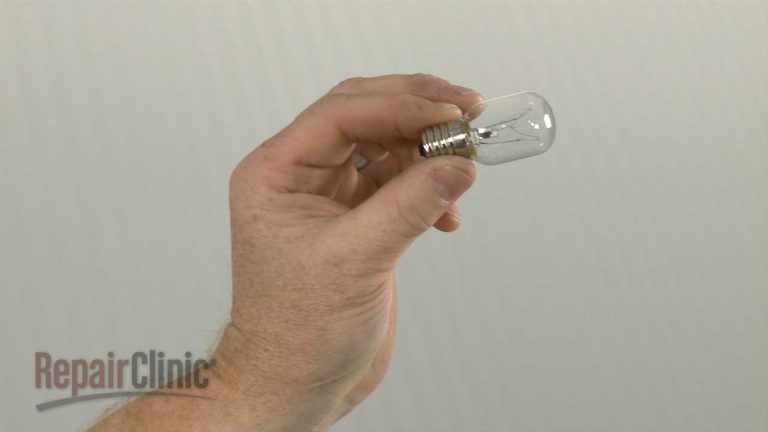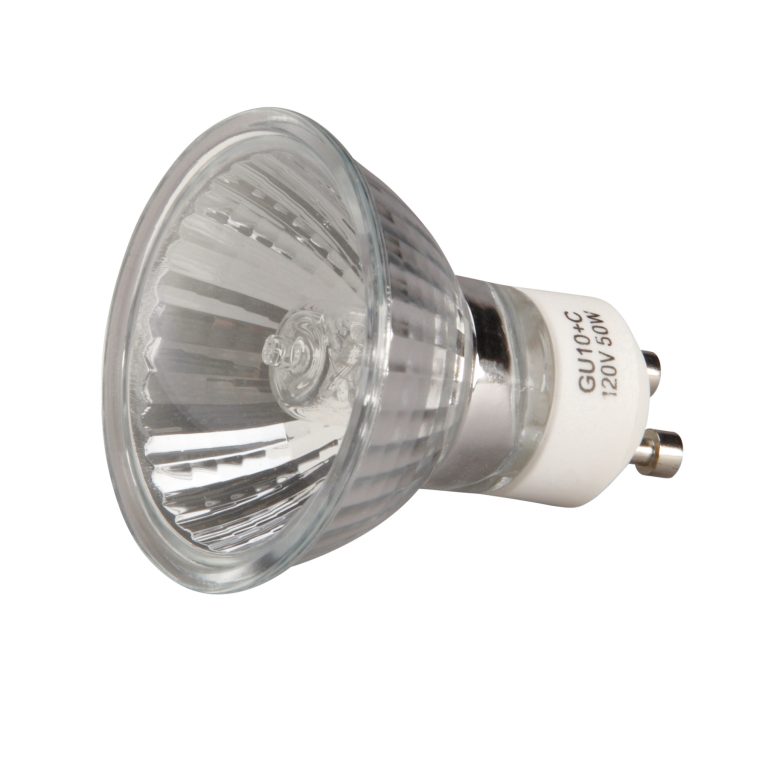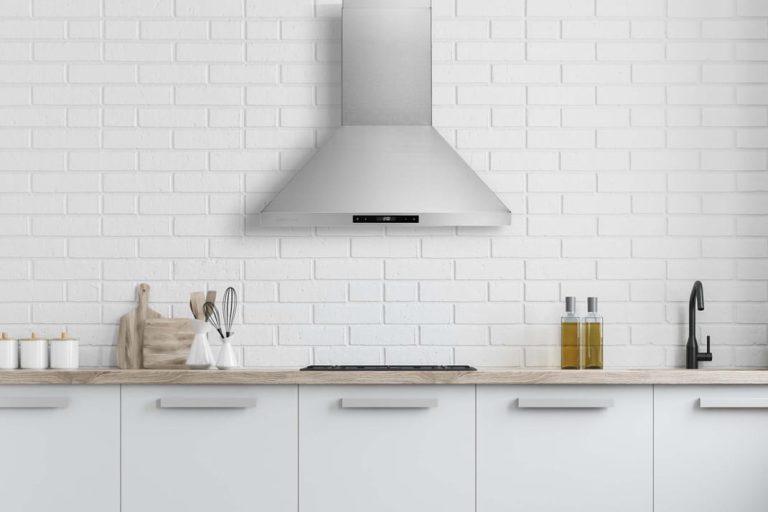The maximum duct length for a range hood typically ranges from 25 to 30 feet. However, this can vary based on the model and manufacturer specifications.
Proper ventilation is crucial for any kitchen, and range hoods play a vital role. They help eliminate smoke, grease, and odors, creating a healthier cooking environment. Understanding the maximum duct length for your range hood ensures optimal performance. Longer ducts can reduce efficiency and airflow, making it essential to plan installation carefully.
Consider factors like duct size, bends, and the type of range hood when determining the length. Choosing the right ducting materials also contributes to effective ventilation. By adhering to specifications, you enhance your kitchen’s air quality and cooking experience.
Importance Of Proper Duct Length For Range Hoods
Proper duct length for range hoods is very important. It helps maintain air quality in your kitchen. Shorter ducts allow for better airflow. This means smoke and odors are removed faster.
Efficiency is key for range hoods. A well-designed duct system ensures optimal performance. Long ducts can cause airflow problems. This leads to increased noise and reduced effectiveness.
Following the maximum duct length guidelines helps your range hood work better. Always check the manufacturer’s recommendations for best results.
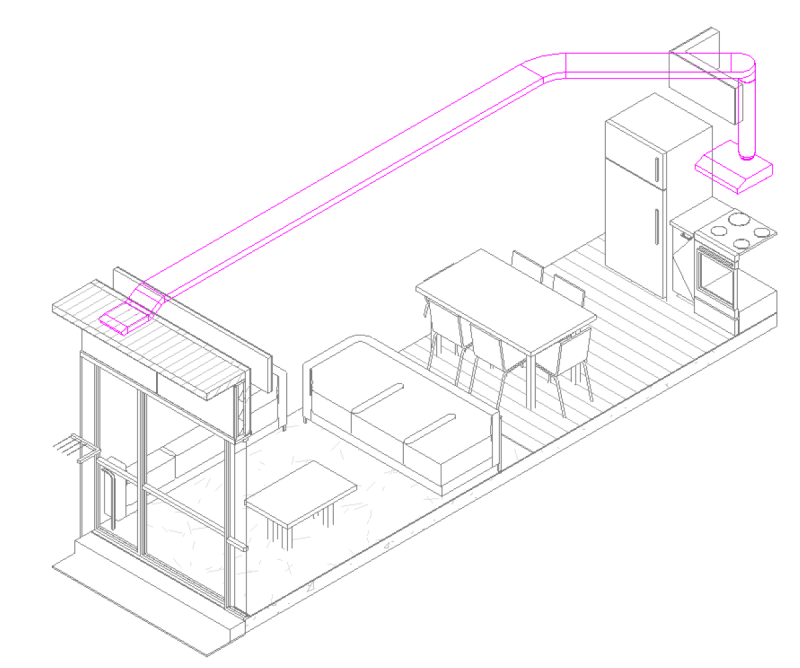
Credit: meps.nz
Fundamentals Of Range Hood Ducting
Choosing the right duct material is vital for effective range hood performance. Common options include flexible aluminum, rigid aluminum, and PVC. Each material has unique benefits and drawbacks.
Diameter affects airflow. A larger diameter allows for better airflow. Standard sizes include 4-inch, 6-inch, and 8-inch ducts. Opt for the diameter recommended by your range hood’s manufacturer.
Airflow dynamics play a crucial role. Proper ducting reduces noise and improves efficiency. Shorter, straighter ducts enhance airflow. Avoid sharp bends to maintain optimal performance.
Calculating Maximum Duct Length
Calculating the maximum duct length for a range hood is crucial for performance. Manufacturer’s recommendations often guide these calculations. Each brand has specific guidelines for duct lengths.
Duct turns can impact airflow. More turns create more resistance. Each turn can reduce the effective length of the duct. Choosing a larger duct size can help maintain airflow. A larger diameter duct reduces resistance.
| Duct Size | Maximum Length (feet) |
|---|---|
| 6 inches | 25 |
| 7 inches | 35 |
| 8 inches | 50 |
Always refer to the range hood manual for precise lengths. Proper duct installation ensures better performance and ventilation.
Common Mistakes To Avoid
Ignoring the number of elbows in ductwork can lead to problems. Each elbow adds resistance, which makes the range hood less effective. Always count how many elbows are in your duct system.
Choosing incorrect duct sizes is another common mistake. Ducts that are too small can restrict airflow. This restriction makes your range hood work harder and less efficiently. Use the recommended duct size for optimal performance.
Installation Best Practices
Sealing ductwork is essential for a proper installation. Use high-quality tape or sealant to close any gaps. This prevents air leaks that reduce efficiency.
Ensure all joints are tight and secure. Check for any loose connections. Proper sealing keeps kitchen air flowing efficiently.
Venting techniques matter for optimal performance. Ducts should be as straight as possible. Avoid sharp bends that can block airflow.
Use the shortest route for duct installation. This helps air move quickly and easily. Insulate ducts in unheated areas to maintain temperature.
Balancing Aesthetics And Functionality
Balancing aesthetics and functionality in kitchen design is crucial. Hiding ducts creatively can enhance your space. Use cabinets or decorative elements to conceal ducts. This keeps the kitchen looking sleek and organized.
Matching ducting with the kitchen design is important. Choose colors and materials that blend well. Use slim ducting to save space. It can fit into tight areas without being noticeable. This approach ensures a clean and stylish look.
Consider using architectural features to hide ducts. For example, beams or moldings can disguise ductwork. This method adds character while maintaining a neat appearance.
Tips For Upgrading Existing Ductwork
Assessing your current duct setup is crucial for an effective range hood. Check the duct material to ensure it is in good condition. Rigid metal ducts work better than flexible ones. Look for any sharp bends or obstructions that may restrict airflow.
When considering upgrades, measure the length of the duct. Longer ducts may reduce efficiency. Ensure the duct diameter matches the range hood. A mismatch can lead to poor performance.
Professional help is wise for complex setups. Experts can assess the entire system effectively. They provide valuable insights on the best materials and designs for your kitchen.
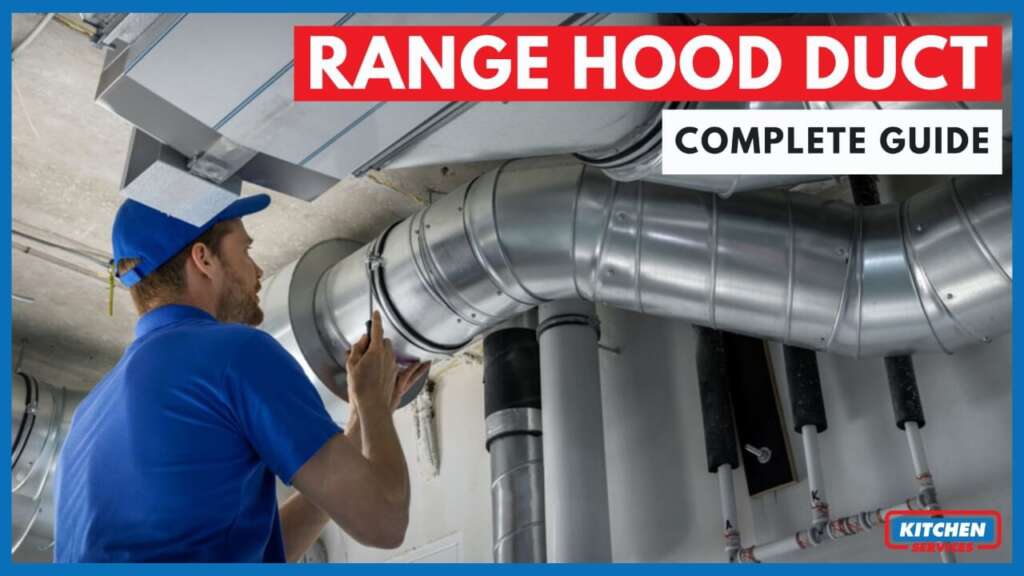
Credit: kitchen.services
Troubleshooting Common Ducting Issues
Condensation can occur in range hood ducts. This happens due to high humidity. To reduce condensation, ensure proper ventilation. Use insulated ducts to keep air warm. Regular maintenance helps prevent moisture buildup.
Poor suction often results from blockages. Check for lint or grease buildup in the ducts. Ensure the fan speed is set correctly. Cleaning the filters also boosts suction power. A properly sized duct will improve airflow significantly.
Maintenance For Long-term Performance
Regularly cleaning ducts is essential for the best performance of your range hood. Dust and grease can build up, reducing efficiency. Use a soft brush and mild detergent to clean the ductwork thoroughly.
Inspecting for leaks and damage is another important step. Look for any gaps or cracks in the duct. Sealing these leaks prevents air from escaping. This keeps your range hood working effectively and saves energy.
Make it a habit to check ducts at least twice a year. Regular maintenance ensures your range hood lasts longer and performs well. Neglecting these tasks can lead to costly repairs and reduced air quality.
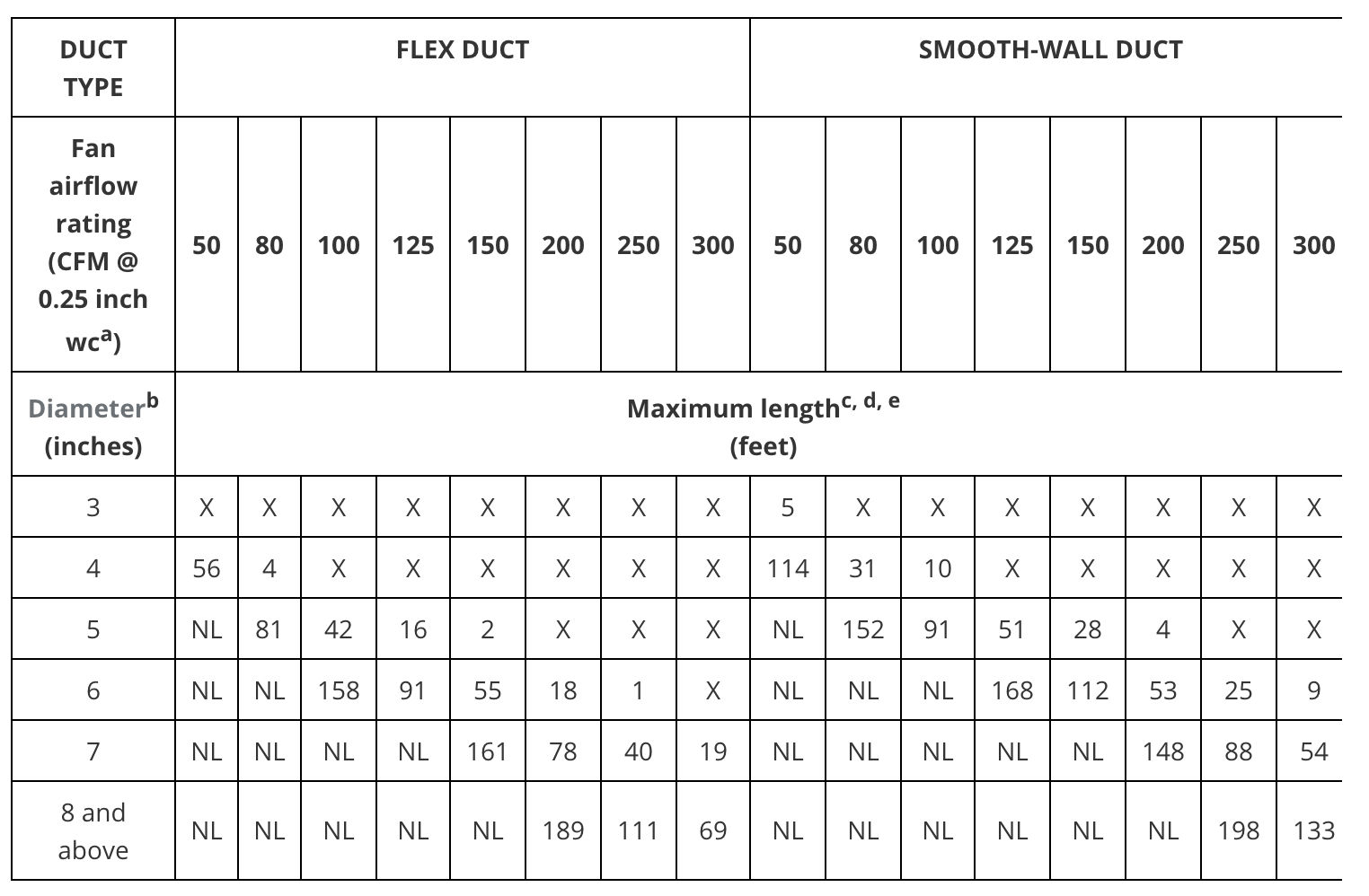
Credit: inspectapedia.com
Frequently Asked Questions
What Is The Maximum Duct Length For Range Hoods?
The maximum duct length for range hoods varies by model. Generally, it’s recommended to keep it under 30 feet for optimal performance. Longer ducts can reduce airflow and efficiency. Always check the manufacturer’s specifications for your specific range hood to ensure proper installation.
How Does Duct Length Affect Range Hood Performance?
Duct length significantly impacts airflow and suction power. Longer ducts create more resistance, leading to reduced efficiency. This can result in poor ventilation and lingering odors in your kitchen. For best results, aim for shorter duct runs with fewer bends to maintain optimal performance.
Can I Use Flexible Ducting For Range Hoods?
Yes, you can use flexible ducting for range hoods. However, it’s essential to limit the length and bends. Flexible ducts can restrict airflow if they are too long or have sharp turns. For optimal performance, consider using rigid ducts where possible.
What Materials Are Best For Range Hood Ducts?
The best materials for range hood ducts include galvanized steel and aluminum. These materials resist heat and are durable. Avoid using plastic or vinyl ducts, as they can melt and pose safety hazards. Choose the right material to ensure efficient airflow and longevity.
Conclusion
Choosing the right maximum duct length for your range hood is essential for optimal performance. Proper ventilation enhances air quality and minimizes odors. Always consult manufacturer guidelines for specific recommendations. With the right setup, you can ensure a cleaner, healthier kitchen environment.
Prioritize efficiency for the best cooking experience.
